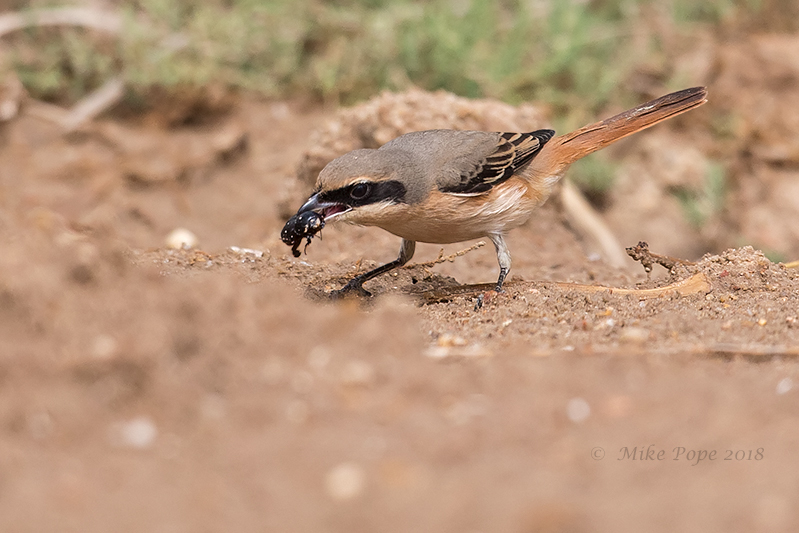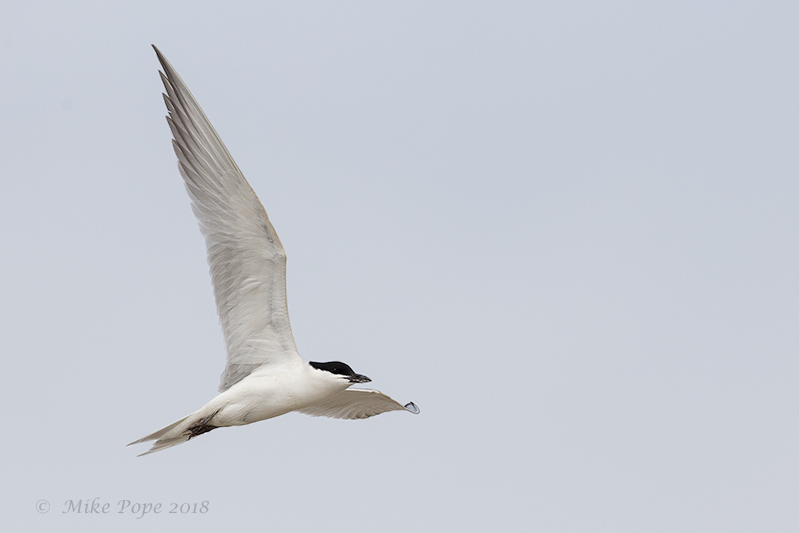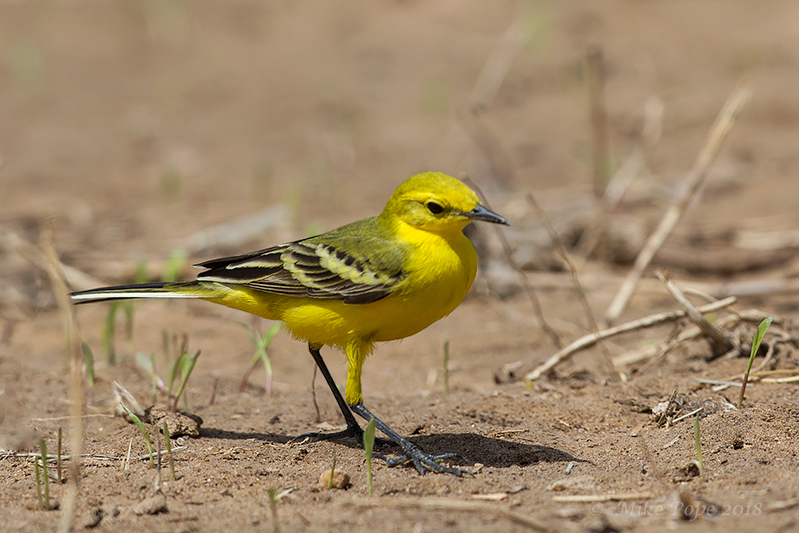My friend Markus Craig had found Kuwait's 1st Eastern Cattle Egret earlier this week at JPR. My family was visiting for a few weeks, so it was a great opportunity for a father and son twitch to JPR although the weather was not great too start - a little cloudy and gloomy and fingers crossed that the bird was still present.
On arrival I had a very yellow Phylloscopus Warbler just beyond the entrance gate - I needed to make sure it was not Wood, so this delayed us heading immediately for the Egret. Turned out to be a Willow in the end.....
 |
| Willow Warbler (Phylloscopus trochilus) |
We then headed to toward the outfall which is a little elevated and would allow us to scan the area where it had been present. A Barn Swallow was roosting near the deep water crossing, a few of these pairs are now breeding residents!
 |
| Barn Swallow (Hirundo rustica) |
You certainly do need a 4x4 in JPR now...
No luck from here, so we backtracked back to the water crossing, finding European Bee-eater.
 |
| European Bee-eater (Merops apiaster) |
I received a call from Humoud who was also looking for the bird to say he had found it at the location we were heading to. Once there, it was easily found, but was pretty active; foraging and then flying off to forage and feed elsewhere. Jaden and I both enjoyed watching and photographing the bird for a prolonged period
 |
| Eastern Cattle Egret (Bubulcus coromandus) - a 1st for Kuwait |
Nearer to the beach, we had a few Collared Pratincoles overhead testing our BIF skills
 |
| Collared Pratincole (Glareola pratincola) |
At one of the small pools are real pale headed Beema Wagtail - when I first saw it I thought it might have been White-headed
 |
| Sykes’s Wagtail (Motacilla f. beema) |
In the same pool a Spotted Crake fed quietly at the far end close to the reeds in case it need to retreat quickly if any danger presented itself
 |
| Spotted Crake (Porzana porzana) |
We enjoyed watching a Daurian Shrike pounce on one of the many Darkling Beetles
 |
| Daurian Shrike (Lanius isabellinus) with Darkling Beetle |
and further down the same track a gorgeous Red-backed Shrike
 |
| Red-backed Shrike (Lanius collurio) |
along with Lesser Whitethroat
 |
| Central Asian Lesser Whitethroat (Sylvia c. halimodendr) |
There were a few Red-necked Phalarope's feeding and spinning in a pool close to the road. I switched the car off and we photographed quietly from the car
 |
| Female Red-necked Phalarope (Phalaropus lobatus) |
 |
| Male Red-necked Phalarope (Phalaropus lobatus) |
as the birds seemed quite relaxed, we got out of the car and I showed Jaden what a difference and impact it makes to your image when you photograph at eye level.
This was a high note to end of on before our customary Egg McMuffin from McDonald on the way home




































































